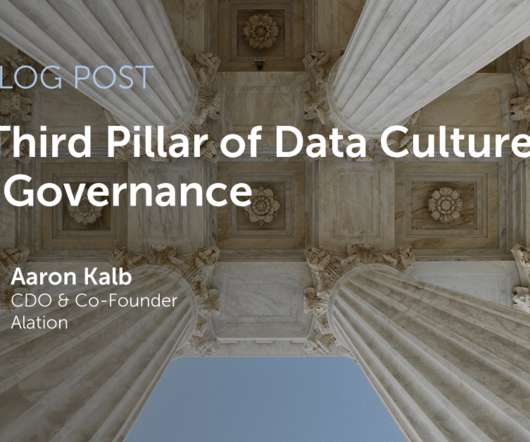5 signs your agile practices will lead to digital disaster
CIO Business Intelligence
SEPTEMBER 20, 2023
Business leaders expect IT to develop new products, improve customer experiences, automate workflows, and deliver new artificial intelligence capabilities. But speaking to many IT leaders, there are often gaps between how IT runs Scrum, Kanban, or other agile practices and what CIOs need in order to achieve digital transformation objectives.




















Let's personalize your content